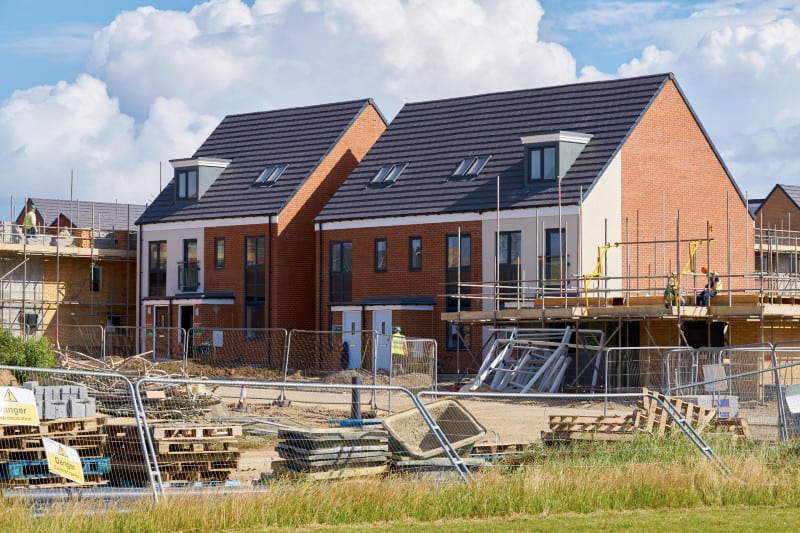The landscape of urban development is undergoing a profound transformation as innovative designs and forward-thinking concepts reshape the way we live, work, and interact within our communities. From conceptual blueprints to tangible realities, the integration of cutting-edge technology and visionary architectural strategies is redefining the very fabric of modern living. At the heart of this transformation is the drive to create environments that are not only aesthetically pleasing but also sustainable, inclusive, and resilient in the face of evolving challenges. One of the most significant advancements in community design is the emphasis on sustainability. As environmental concerns take center stage, architects and urban planners are embracing green building practices and eco-friendly materials to minimize the ecological footprint of new developments. Innovations such as energy-efficient buildings, green roofs, and renewable energy sources are becoming integral components of modern community designs.

These elements not only reduce the impact on natural resources but also contribute to healthier living environments. For instance, the development of eco-districts neighborhoods designed with a focus on environmental sustainability demonstrates how innovative designs can lead to reduced energy consumption, improved air quality, and enhanced quality of life for residents. Smart technology is another driving force behind the evolution of future communities. The integration of smart infrastructure, such as intelligent transportation systems, automated waste management, and connected public services, is revolutionizing uk off plan property urban living. Smart cities leverage data and technology to enhance efficiency, safety, and convenience. For example, sensors and data analytics can optimize traffic flow, reduce energy usage, and improve emergency response times. This technological integration not only enhances the functionality of urban environments but also fosters a more interconnected and responsive community.
The concept of resilience is another key element driving innovative community designs. As climate change and natural disasters become more frequent, building communities that can withstand and adapt to these challenges is crucial. Resilient design incorporates features such as flood-resistant infrastructure, climate-adaptive building materials, and sustainable water management systems. By anticipating and addressing potential risks, future communities are better equipped to handle environmental stresses and ensure the safety and well-being of their residents. In summary, the journey from vision to reality in community design is marked by a dynamic interplay of sustainability, technology, inclusivity, and resilience. As innovative designs continue to emerge, they are shaping the future of urban living by creating environments that are both functional and forward-thinking. These advancements not only address current challenges but also lay the groundwork for vibrant, adaptable, and thriving communities for generations to come.